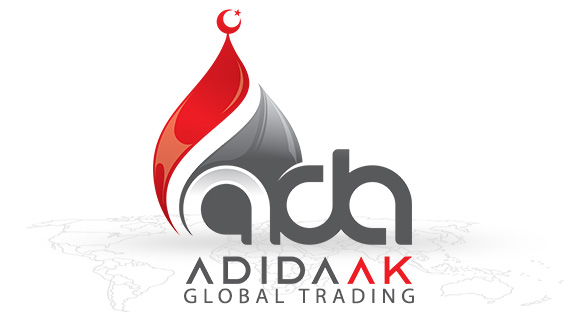Ukraine crisis highlights Russia fertilizer supply risk
The crisis in Ukraine and potential responses from western governments targeting Russia could have wide-ranging effects on supply of fertilizer to global markets.
Russia is one of the world's most significant suppliers of fertilizer and related raw materials such as sulphur. It was the largest exporter of urea, NPKs, ammonia, UAN and ammonium nitrate last year, and the third-largest potash exporter (see table below). In phosphates, traditionally dominated by China and Morocco, Russia is a major exporter with a combined 4mn t/yr of DAP/MAP shipments last year. It is the fourth-largest sulphur exporter. At today's prices, typical Russian spring export volumes would account for over $2bn/month in revenue.
The major markets for Russian fertilizers and related raw materials include Brazil and, ironically, the EU and US. Russian nitrogen products are of particular significance to European buyers at present as the continent remains lightly supplied for spring fertilizer applications after several nitrogen plants were forced off line for extended periods by high natural gas prices. European natural gas feedstock costs remain elevated, with prices at the TTF hub rising yesterday by around 10pc to €83/MWh ($28/mn Btu).
As of 23 February, no sanctions imposed by the US, UK or EU governments have targeted Russian commodity exports or had significant impact on the fertilizer industry.
Price response in fertilizers has so far been muted, with the exception of the ever-volatile Nola urea market, which leapt by around $40/st yesterday as traders reacted to the possibility of US sanctions affecting Russian urea exports.
Exports from Russia of some fertilizers have already been somewhat curtailed by the export controls imposed by the government late last year, with a two-month ban on ammonium nitrate shipments in place since the start of February.

